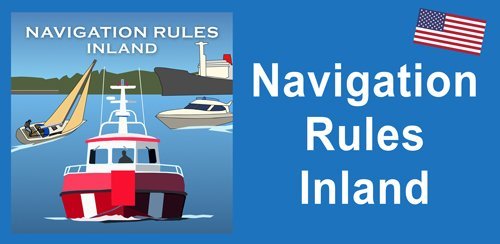According to the Royal National Lifeboat Institution (RNLI) almost one third of emergency call outs at sea are caused by mechanical failure. Many engine breakdowns are avoidable. The best way to avoid a breakdown is to carry out pre-start checks before heading out to sea.
Here is a useful list of pre-start engine checks to carry out on a typical diesel marine engine:
Raw water filter
A clogged raw water filter will restrict the flow of cooling water which can result in the engine overheating. To clean the filter, first ensure the cooling water seacock is closed. Then unscrew the cap of the filter body, remove the filter element and clean it. An old toothbrush makes a useful tool to do this. Then replace the element, screw the lid firmly back on and open the seacock. After starting the engine, always check that the raw water system is flowing correctly
Battery switch
Turn the starting battery on before starting. Do not switch it off while the engine is running as this can damage the alternator and electronics.
Bilge blower
If your engine has a bilge blower or engine room extractor fan, run it for a few minutes before starting the engine.
Fresh water level
Some marine engines have fresh water cooling systems as well as raw water. Before starting the engine, remove the header tank cap and top up with a water/anti-freeze mixture to bring the level within about 50mm from the top. Replace and tighten the cap.
Belts, hoses and engine leaks
Check belts and hoses for cuts, splits or fraying. The alternator belt should be checked for tightness and adjusted if necessary. Also look out for any oil or coolant leaks.
Fuel filter
Some marine engines have a transparent water separator/filter in the fuel line, usually known as the primary filter. Check the transparent bowl for water or dirt and drain off any obvious contamination. This is done by undoing the drain screw underneath the bowl and draining off the contaminated fuel into a small container and disposing of it.
Gearbox oil level
Marine engine gearboxes can be difficult to reach in cramped engine bays. However, they need to be checked from time to time. Check the gearbox oil level with the dipstick. Gearboxes need a special type of oil and if in doubt refer to the engine manual for the correct grade to use.
Fuel
Make sure you have enough fuel for your intended trip, plus a reserve of about 25% of the tank’s capacity. It is surprisingly easy to underestimate your engine’s fuel requirements and every year there are large numbers of call outs to boats that have run out of fuel.
Stern gland greaser
Boats with inboard engines that have traditional transmission systems often have stern gland greasers. These have a screw handle which should be given one full turn before and after every time the engine is used.
Engine oil level
Check the engine oil level with the dipstick and top up if necessary to keep the level between the max and min levels.
Our final tip here is to remember to check your boat’s engine manual for specific requirements, service intervals and always carry engine spares including filters, hoses, belts and coolant.













